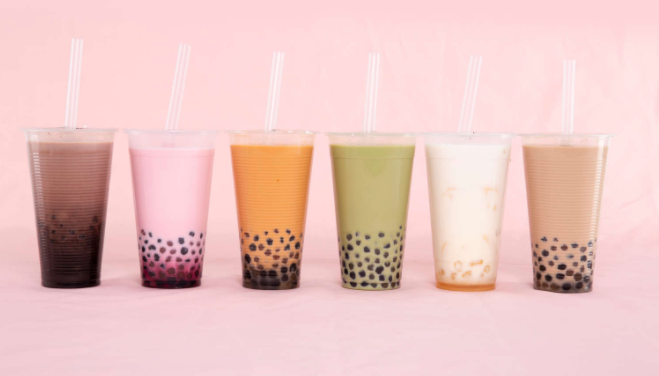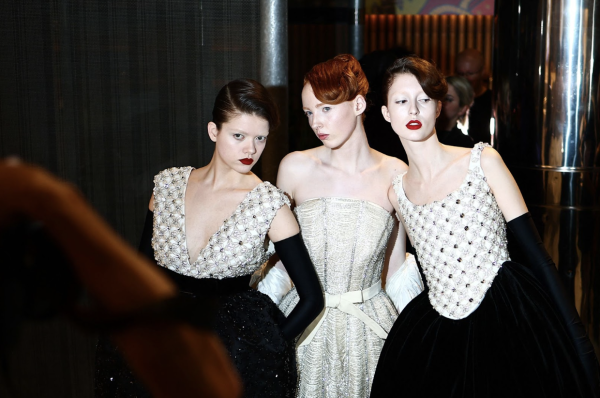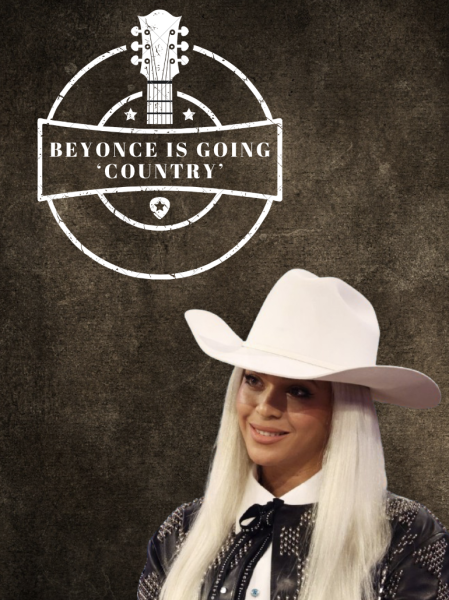Tapioca Tea Trouble
Taro and Mango Boba Teas
From milk teas to blended slushies with pudding galore, boba teas are many more. Boba cafes have blossomed over the United States like Kung Fu Tea, and are no stranger beyond their origins in Taiwan. For folks who have not had the opportunity to savor the flavor of boba, and discover their eyes glued to the peculiar shape of boba, and the long menu with endless customizations, worry no further. Boba is what, one may ask. Well, the fast answer is that they are little cassava starch pieces. The lengthier answer is that the term boba means the drink in general in addition to the toppinings, with the most sought after being the tapioca pearls. Coincidentally, they are also referred to as boba. Bubble, pearl, and tapioca teas are synonymous with the term boba tea. It differs from place to place and from coast to coast in America. In South America, the cassava, which is a root vegetable, is coined the name yuca.
However, it could be soon when milk tea is no more. Due to a drastic demand and a sinking supply for the hot commodity, tapioca pearls are nearing more scarcity than sufficiency as they are sold across the states. Mediocre manufacturing and international imports during today’s coronavirus crisis have casted spells on their arrival on American soil. So, tea enthusiasts would have to wait for a while before they get their hands back on drinking tapioca tea daily.
The foundation of the tea is typically oolong tea with the addition of fruit syrups like berries, guava, and passionfruit. Milk is allowed to be added for a creamier boba tea. The ordinary order is just tea with milk and tapioca pearls. However, a few drinks branch out of the normal oolong tea foundation. Taro milk tea is created with the taro vegetable. Fruit teas, frequently made with fruit pieces, are available without caffeine, as they have decaffeinated teas. Vibrant orange thai iced tea is pretty prevalent, as is coffee milk tea for those who want both coffee and tea. Matcha is a powdery version of green tea that is also among the fan favorites.
Besides teas, the majority of boba cafes have slushies and other milk based beverages to order. Slushies are like milkshakes, as they are milk teas tossed in a blender with ice. In turn, slushies get thick and ice cream like. Milk based beverages are milk teas with more milk to tea ratio, in favor of the milk side. They are typically sweetened with honey and cane sugar. Milk teas are approached by many, but fall short for those with lactose intolerance. However, boba cafes have plant based alternatives like almond, coconut, and oat milks. This is suitable for millions of people who are sensitive to the lactose in milk.
Boba tea is like a two in one, the tea being the drink, and the boba being the snack. Boba cafes are flexible with the tea’s sweetness, the amount of ice, and the drink’s temperatures to accommodate either hot or cold weather during the different seasons of the year. Revisiting the boba, it is the bestselling topping to ever exist. After the cassava derived tapioca pearls are rolled into miniature balls, they are boiled and sweetened with a sugary syrup. Their texture is chewy, providing contrast with the creaminess of the milk teas. Pudding is also served at boba cafes. They are similar to custards that are created from eggs, cream, and sugar, but steadier because of having gelatin as well. It is reminiscent of a really soft caramel flan. They are somewhat chewy and accompany the richer milk teas.
Grass jelly is another topping served at boba cafes. Their name leaves individuals unfamiliar with it heading out the door, but it is actually not grass and tastes far from it. Grass jelly is derived from mesona, a mint like plant. It is steeped in honey for a herbal, yet subtly sweet taste. It is cut in blocks and tends to be firmer than pudding. Aloe vera is yet again another topping boba cafes have to pair with boba tea. It is abundant in antioxidants and is considered to be beneficial for clear skin. Clear and cubed, they are soaked in honey for a refreshing flavor. Since it is a little underwhelming, it goes pretty well with more robust drinks. Grapefruit and mandarin orange are notably two of these beverages.
Red bean is a lesser known topping boba cafes offer. It is a great source of fiber, crucial for digestive health. As the azuki bean in Asia, it is made by cooking the legume with honey, creating a fragrant delicacy. It is traditional for it to go with matcha. Last but not least, is the whipped milk froth topping. As the newest member of the family, they resemble the fluffiness at the peak of lattes. They are not only smooth and velvety, but also sweet and salty. Navigating boba menus is made easy as long as different teas and toppings are distinguished.

Ethan is a junior who finds a sense of comfort in sports, music, culinary arts, and literature. He values spending copious amounts of quality time with...












